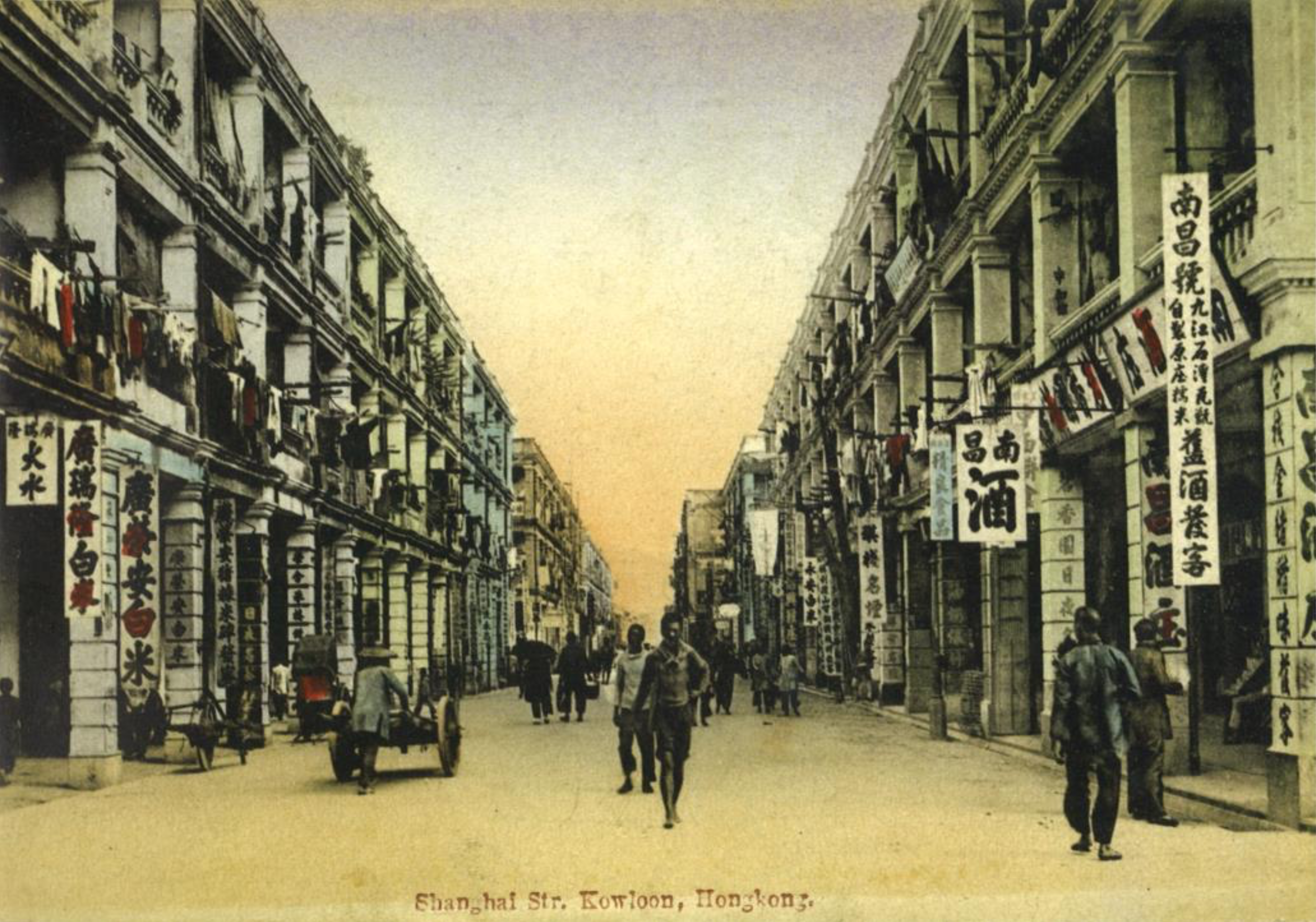
The Development of Shops on Shanghai Street
#EarlyShoppingAttractions #CentreOfCommercialActivities #DailyNecessities #EverythingYouNeed
Shanghai Street started to become a bustling area for shoppers back in the 1920s. There were ferry piers at either end of the street, namely the Mong Kok Ferry Pier and Jordan Road Ferry Piers. Also, with its location situated near the Yau Ma Tei Typhoon Shelter packed with boat-dwellers landing to buy their daily necessities, Shanghai Street naturally became a transportation and commercial hub at that time.
There has been a common misconception that Nathan Road used to be the busiest street back in the 1950s and 60s, but that’s when Shanghai Street really came into its own as the centre of Kowloon. There was an abundance of shops and outlets providing all kinds of daily commodities, kitchenware and other items. The ground-floor shops along Shanghai Street stood under balconies that hung over the pavement and these commercial businesses provided the residents with rice, groceries, and ironware as well as clocks and watches. Other shops could be found were pawnshops and hair salons, as well as Chinese herbal shops and trade in silk and satin, along with incense and Buddhist statues. Shanghai Street was also known in this era by the locals as the “gold lot” in Kowloon because there were as many as 50 to 60 goldsmiths along the street owing to the fact that the boat-dwelling people or Tanka were fond of gold. At a later stage, Chinese herbal teashops became prevalent and famous ones included such as Pak Gat, Chun Wo Tong and Wong Bik Shan. There were also established Chinese tea houses, such as Yat Ding Ho and Ban Sum, as well as shops selling vintage clothes.
